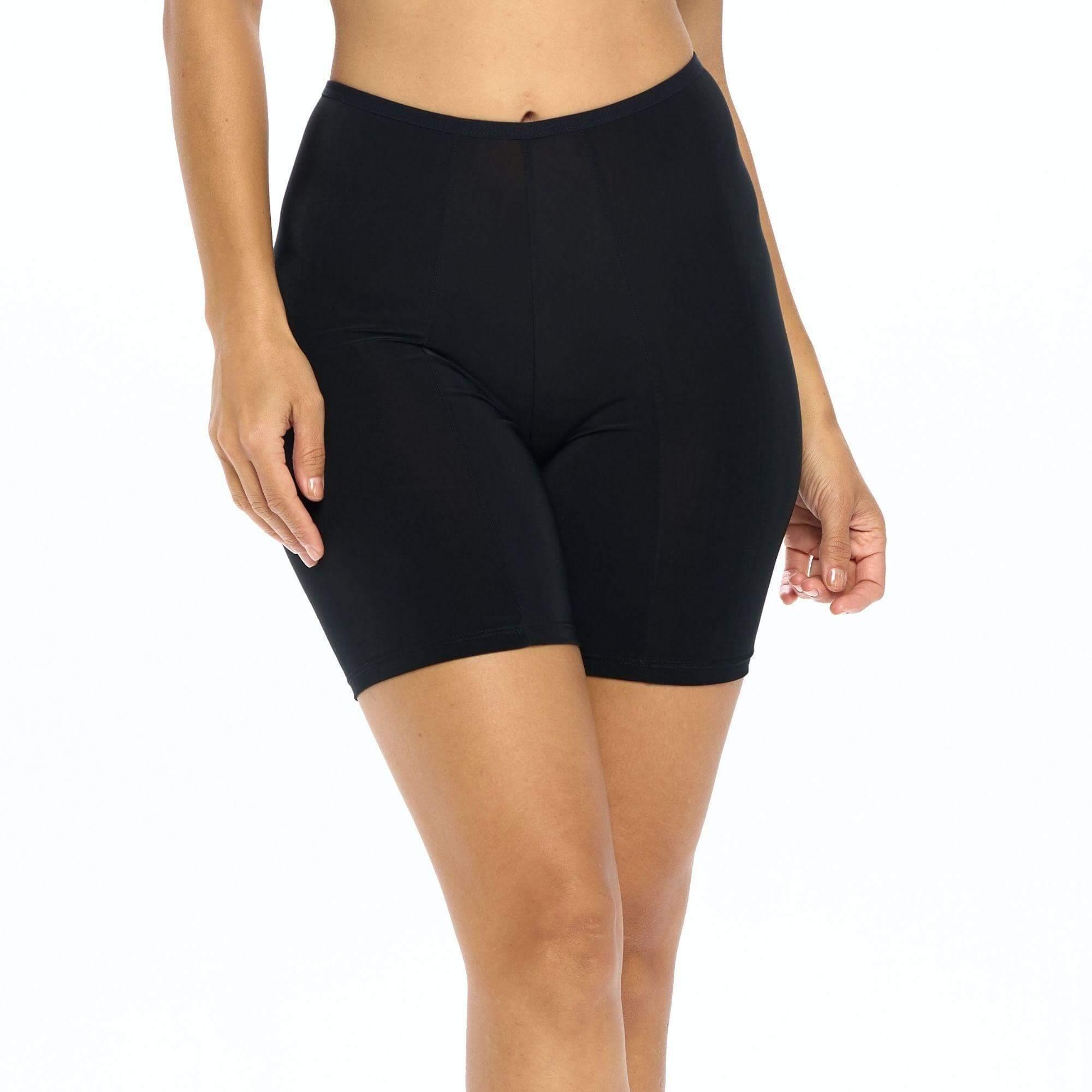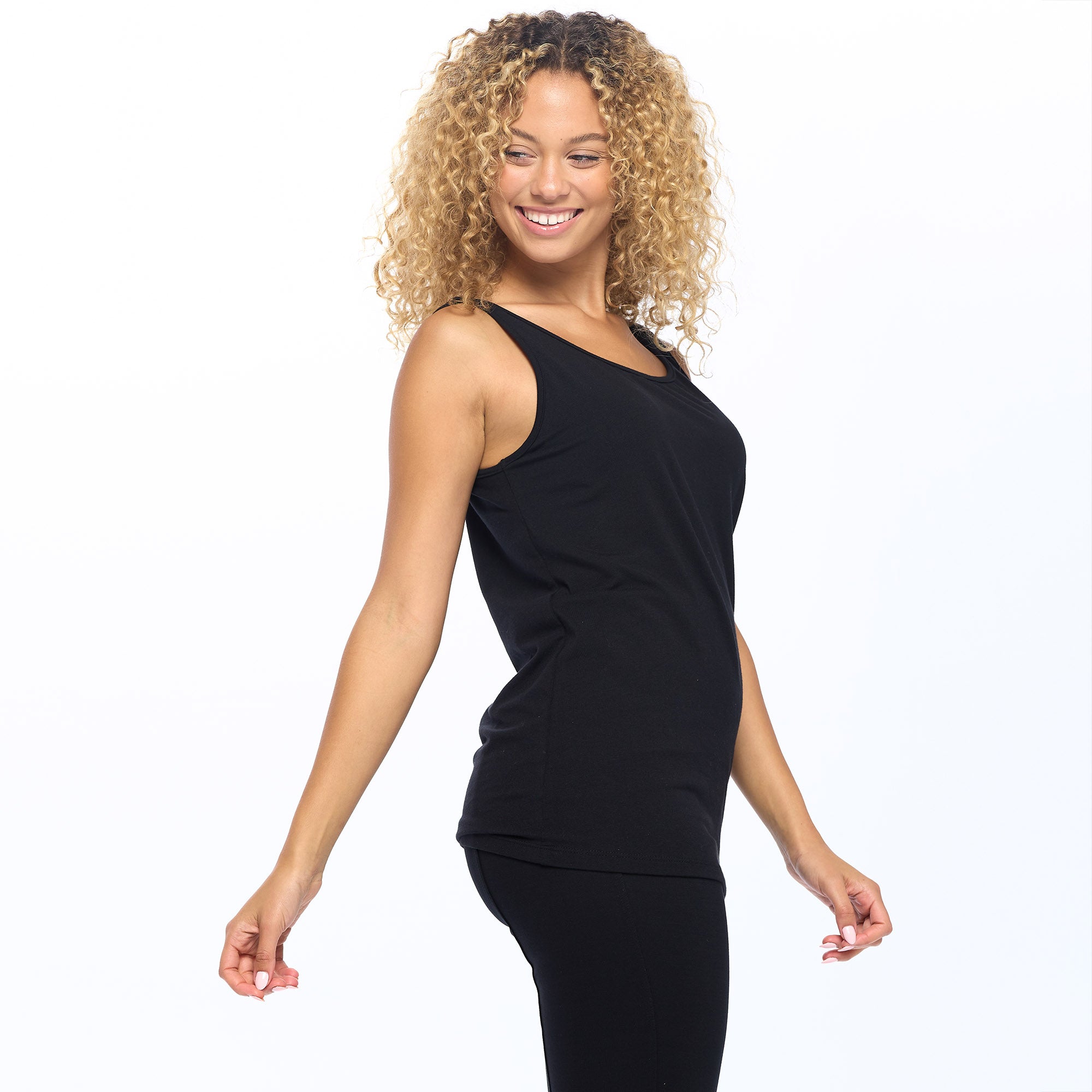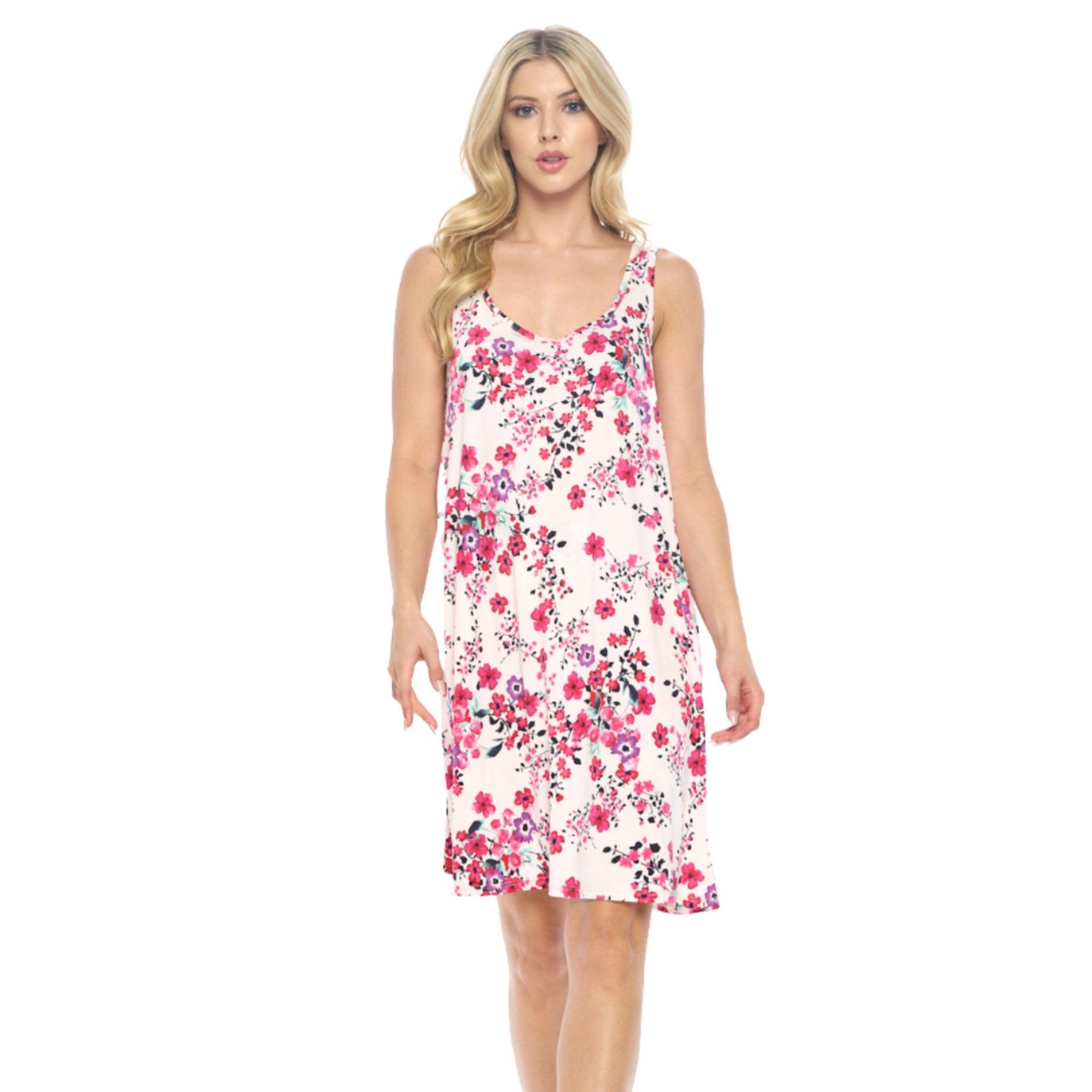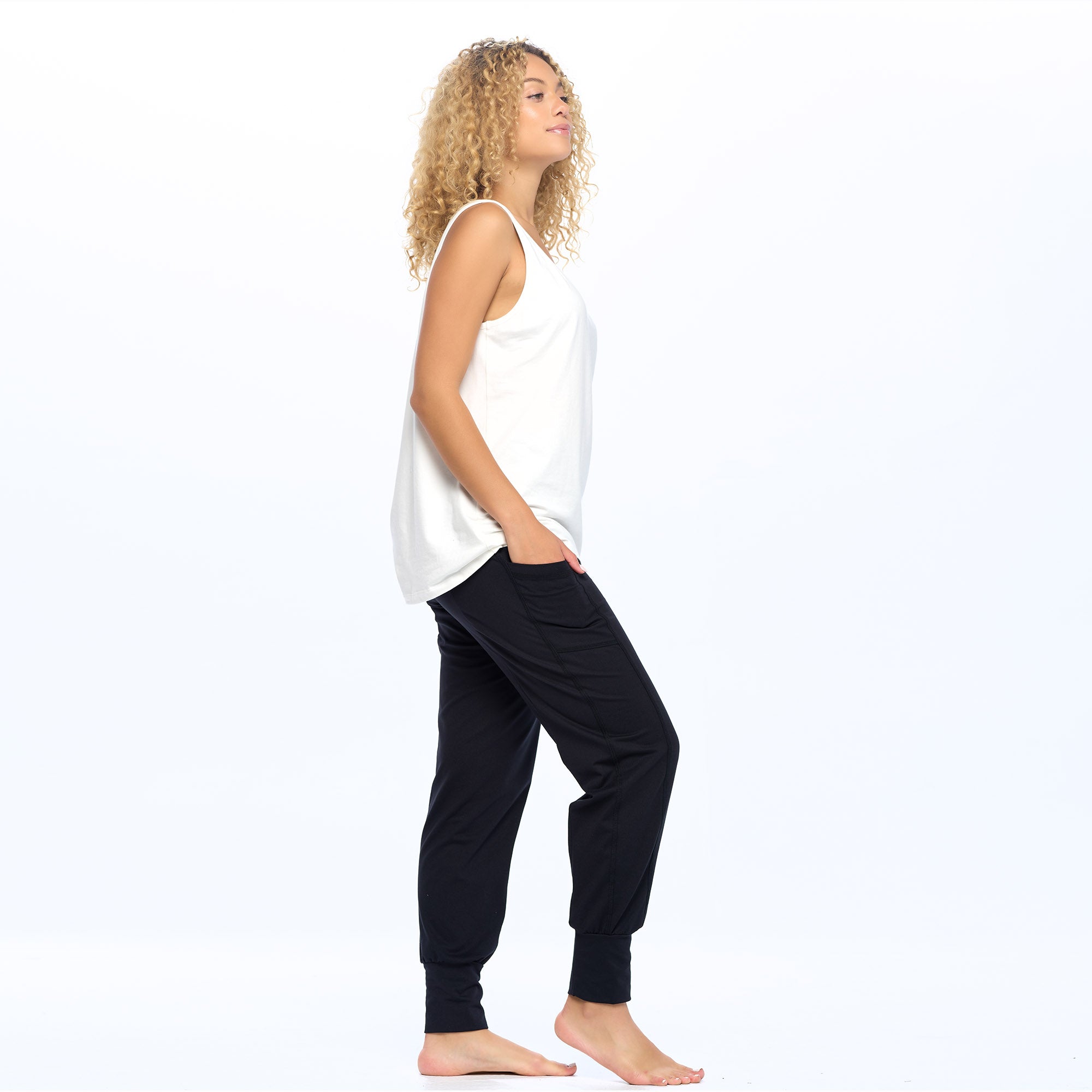Summer is here, and with it comes the dreaded inner thigh chafing. It's an uncomfortable and often painful experience that can make wearing shorts a real challenge. Fortunately, there are plenty of ways to prevent thigh chafing and keep your skin comfortable and dry all summer long.
In this blog post, we'll explore the secret to avoiding uncomfortable chafing when wearing shorts, including the use of anti-chafing shorts, moisture-wicking fabrics, and other anti-chafing products.
What Causes Inner Thigh Chafing?
Chafing occurs when your skin rubs against other skin or clothing, causing friction. This can happen anywhere on your body, but it's particularly common in areas where skin rubs together, such as the inner thighs.
When your skin is repeatedly rubbed, it can become red, sore, and even blistered. This can be especially uncomfortable during hot weather when sweat can exacerbate the problem.
How To Not Chafe In Shorts
The good news is that there are plenty of ways to prevent thigh chafing. Here are some tips to help you avoid this uncomfortable condition:
Wear The Best Anti-Chafing Shorts
Thigh chafing can be a painful and uncomfortable experience, especially during the hot summer months when we tend to wear shorts and skirts. Fortunately, there are several ways to prevent thigh chafing, and one of the most effective methods is to wear anti-chafing shorts.
There are various types of anti-chafing shorts available, such as moisture-wicking slipshorts. These shorts are designed to provide a protective barrier between your thighs, reducing friction and preventing chafing.
By wearing anti-chafing shorts, you can enjoy your summer activities without worrying about painful chafing. These shorts are made from moisture-wicking materials that help keep your skin dry and prevent friction.
They're also designed to be worn under your regular shorts or dresses, so you can stay comfortable without sacrificing your style. Look for tight-fitting mid-thigh shorts that are not too constricting, and make sure they're made from breathable materials like nylon or spandex.
Apply Anti-Chafing Products
There are plenty of anti-chafing products available that can help prevent thigh chafing. Some of the most popular options include anti-chafing creams, petroleum jelly, and coconut oil. These products help lubricate your skin, reducing friction and preventing chafing.
Apply them generously to the inner thighs before you head out for the day, and reapply as needed.
Stay Hydrated
Staying hydrated can help prevent chafing, as it helps to keep your skin lubricated and reduce friction between your skin and clothing. Make sure you're drinking plenty of water throughout the day and avoid beverages with high sugar content, as these can make you sweat more and increase your risk of chafing. Additionally, try to avoid activities in hot or humid conditions, as these can also make you more likely to experience chafing.
Wear Loose-Fitting Clothing
While tight shorts can help prevent chafing, they can also exacerbate the problem if they're too constricting. Instead, opt for loose-fitting clothing that allows your skin to breathe. This can help prevent sweat from accumulating, reducing the likelihood of chafing. Avoid wearing tight pants or leggings, as these can trap moisture and exacerbate the problem.
Use Baby Powder
Another simple way to prevent thigh chafing is to use baby powder. This powder helps absorb moisture, keeping your skin dry and reducing friction. Apply a generous amount of baby powder to your inner thighs before you head out for the day, and reapply as needed.
By following these tips, you can stay comfortable and chafe-free all summer long! So don't let inner thigh chafing stop you from enjoying the warm weather—try out these tips and get ready to show off your legs without worry.
Does Petroleum Jelly Prevent Chafing?
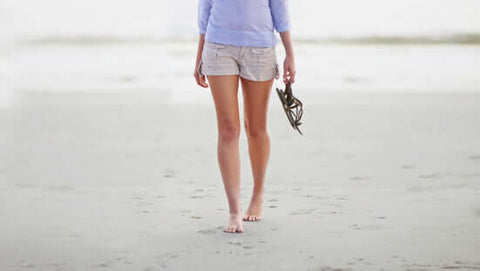
Petroleum jelly is a popular choice for reducing chafing, as it helps create a barrier between your skin and the shorts or clothing rubbing against it. It also provides extra lubrication, which can help reduce friction and keep your skin feeling comfortable all day long.
To use petroleum jelly, apply a generous amount to your inner thighs and other areas prone to chafing before getting dressed. Reapply as needed throughout the day. Be sure to use a non-comedogenic version of petroleum jelly, as this will help prevent blocked pores and possible skin irritation.
Who Is More Prone To Chafing?
Chafing can affect anyone, but some people may be more prone to it than others. People who sweat more, have thicker thighs, or are heavier are more likely to experience chafing due to the increased friction between their skin and clothing.
Athletes or people who engage in sports activities regularly may also be more prone to chafing, as their thighs rub against the clothes and cause irritation. Additionally, people who have sensitive or dry skin may be more vulnerable to chafing due to the lack of natural lubrication produced by their skin.
What Are Some Signs And Symptoms Of Thigh Chafing?
Thigh chafing is a common and often painful condition many people experience during summer. Signs and symptoms of thigh chafing can range from mild to severe, depending on the individual. Common signs of chafing include redness, soreness, itching, burning, and even blistering in some cases. Pain is also common when walking or running due to increased friction in the area.
The most common symptom of thigh chafing is irritation in the inner thighs. This can include a burning or itching sensation, redness, or even blisters if the skin is rubbed raw enough. Pain may also be present when walking or running due to increased friction in the area, and clothing may feel abrasive against the skin. In some cases, the affected area may notice a rash or discoloration.
Chafing can also lead to more serious symptoms, such as infection. If left untreated, the skin may become infected due to bacteria entering through open wounds caused by chafing. This can result in fever, increased pain, redness, and swelling of the area, and even pus if an abscess forms. If the infection is suspected, it is important to seek medical attention immediately.
Final Words:
Chafing can be an agonizing experience, but it doesn’t have to ruin your summer. By following the tips outlined in this article, such as avoiding sports bras and using petroleum jelly, you can stay comfortable and chafe-free all season long. Additionally, understanding who is more prone to chafing and the signs and symptoms of thigh chafing can help you identify and manage the condition quickly and effectively.
Undersummers carries collections of moisture-wicking, anti-chafing Slipshorts and Shortlettes that are perfect for wearing under your favorite pair of summer shorts. Our anti-chafing undergarments are available in various neutral and bold colors and come in different lengths (some even have pockets!). Check out our website today to find the ideal anti-chafing solution to keep you cool and comfortable this summer.


